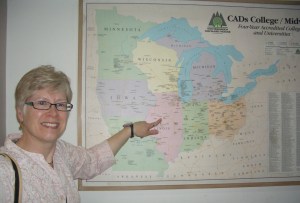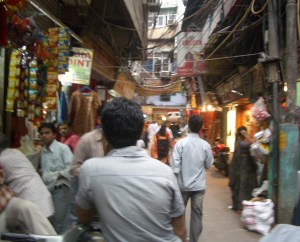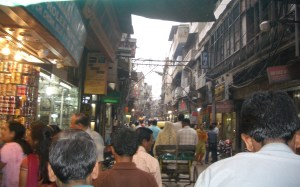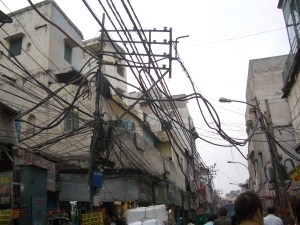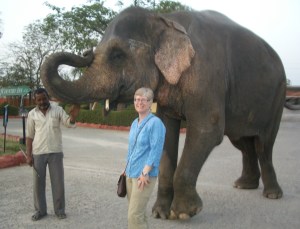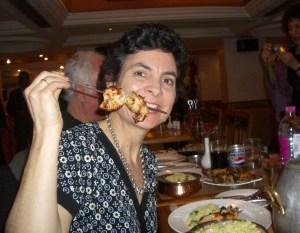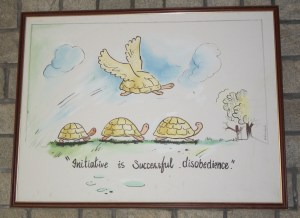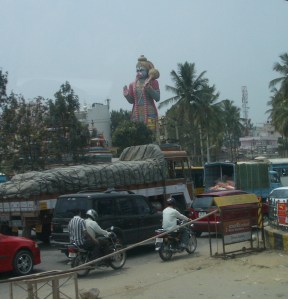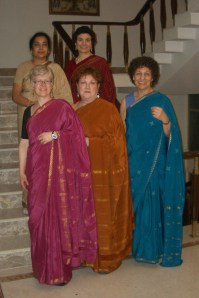Today was the second full day of the ICWIP. It was a full day starting with a terrific plenary session by Tebello Nyokong on the “Use of Lasers and Phthalocyanines in Cancer Therapy.” Even though Dr. Nyokong is a chemical engineer, she uses lasers and a dye (phthalocyanines) to destroy cancer cells via photodynamic therapy. We saw amazing photos showing how skin cancer was healed with this type of therapy.
The rest of the morning was spent wandering through scientific posters from the participants. There was a wonderful range of topics in physics being presented from the participants.
We went on excursions during the afternoon. I chose the Stellenbosch wine tour – and tried some excellent wines at the Delheim winery and also some sparkling wines at the House of J.C. LeRoux. Our afternoon adventure ended with a visit to the cheetah sanctuary. One of the participants actually went with one of the docents into the pen and petted a cheetah – how cool was that! It was a great way to cap the Stellenbosch experience.
The evening started with an announcement from Dame Bell-Burnell that the international community is trying to get 2014 declared the year of light. This has already been endorsed by the APS and the European Physical Society. We need to ask all the IUPAP liaisons to vote for this during their October meeting. After the announcement, the South African delegation told us about the song that they sang during the opening reception. The words are:
Igama lama khosikazi
Malibongwe (repeat twice)
Which translates to “praise be to the women.” This song is a traditional South African song and was sung during the ending of apartheid. It is very fitting for our meeting and we will be singing this during the closing banquet.
Rachel Ivie (AIP, Statistical Research Center) gave a plenary on the international survey that was completed in the fall. The survey focused on education, career issues, and work-life issues and was given to both men and women. The purpose of this survey (the third done by IUPAP and the working group) was to insure comparability across countries with one report at the end, to show whether women physicists’ experiences are different from men, and to provide a survey in languages other than English. The work is continuing on analyzing the data from this survey (including translating open ended questions into English). However, the survey found a number of interesting things. Women are less likely to do a number of important professional activities (serve on proposal review panels, etc) except for advising undergraduate students. Women are less likely to have access to resources and are not as comfortable asking their boss for more resources. (Other studies have shown that women that ask for more resources are perceived to be acting inappropriately!) Women in highly developed countries are more likely to be married to other physicists (approx. 40% are) and men are less likely. More women than men have felt discouraged about physics. But, for both men and women, 89% would chose physics again. More women do housework than men, are responsible for child care, and earn less than men. Not surprising! The final report is forthcoming.
The day ended with workshops. The one I attended was useful in thinking about resolutions that would spin out of this conference. What capital don’t women have (social, cultural, symbolic, and economic) and what could be done to increase capital in these areas?
I can’t wait until tomorrow to learn more from other participants!


